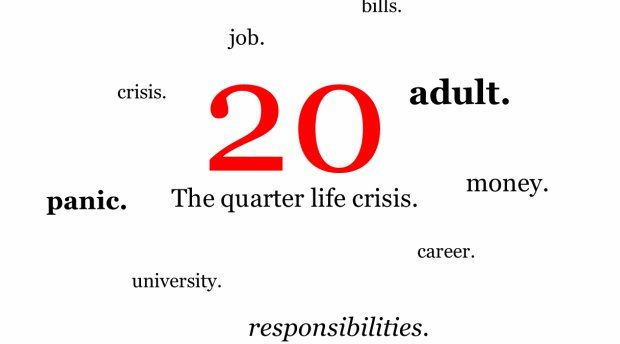Job Growth Concentrated In Mid-Wage And Lower-Wage Industries
Post Views 0
Joseph Brusuelas, senior economist at Bloomberg LP, said on Thursday that more than half of all the jobs created during the past six months have been in low-paying industries such as retail and temporary help. The jobs are lousy, and there aren’t enough of them.”
This is the reason why in spite of 1.2 million new jobs being created over the last six months, it does not reflect on the economy’s growth. Brusuelas said that the low paying jobs were not translating into better spending and the low wages have not been able to keep up with rise in prices.
According to the Labor department wage growth has not been able to keep pace with consumer price inflation. The Labor Department says that the latter rose 2.9 percent over the year in February. This means that even though the spending capacity increases, earnings are in reality shrinking – for they have to pay more for everything.
Annette Bernhardt, policy co-director for the National Employment Law Project said, “Growth has been concentrated in mid-wage and lower-wage industries. By contrast, higher-wage industries showed weak growth and even net losses.”
Bernhardt clarified that in the first seven months of 2010, 76% of the jobs did not go to high wage industries, but were concentrated amongst low to mid-wage industries. Compared to the national hourly wage of $22.60 they earned a substantially low between $8.92 and $15 an hour.
Bernhardt’s study has revealed that, “High-wage sectors — made up of jobs that pay between $17.43 and $31 an hour — accounted for nearly half the jobs lost during the recession, but have produced only 5% of the new jobs since hiring resumed.” One reason advocated was that there are not too many skilled people to hire.
Briefing.com reports that economist believe that nonfarm payrolls grew by 200,000 jobs, slightly lower than the 227,000 jobs added in February. Payroll processing firm reported that in March 209,000 will be the jobs created by the private sector. The unemployment rate will remain steady at 8.3 percent.
What is a worrying concern is whether the trend toward low-wage jobs will continue or whether the low-wage sectors will lead the way for employment in high wage sectors. Experts say it’s too soon to tell.
Job Growth Concentrated In Mid-Wage And Lower-Wage Industries by Harrison Barnes


 How to Select a Search Firm That Is Right for You
How to Select a Search Firm That Is Right for You  How to Make That First Job Worthwhile
How to Make That First Job Worthwhile  Build Your Personal Brand Before Transitioning to a New Job
Build Your Personal Brand Before Transitioning to a New Job  What is a Quarter-Life Crisis and How to Tackle It
What is a Quarter-Life Crisis and How to Tackle It  Get Your Own Clothing Label Started
Get Your Own Clothing Label Started  How to Find Companies That Look for Productive Workers
How to Find Companies That Look for Productive Workers  What Should You Do Once You Receive a Job Offer?
What Should You Do Once You Receive a Job Offer?